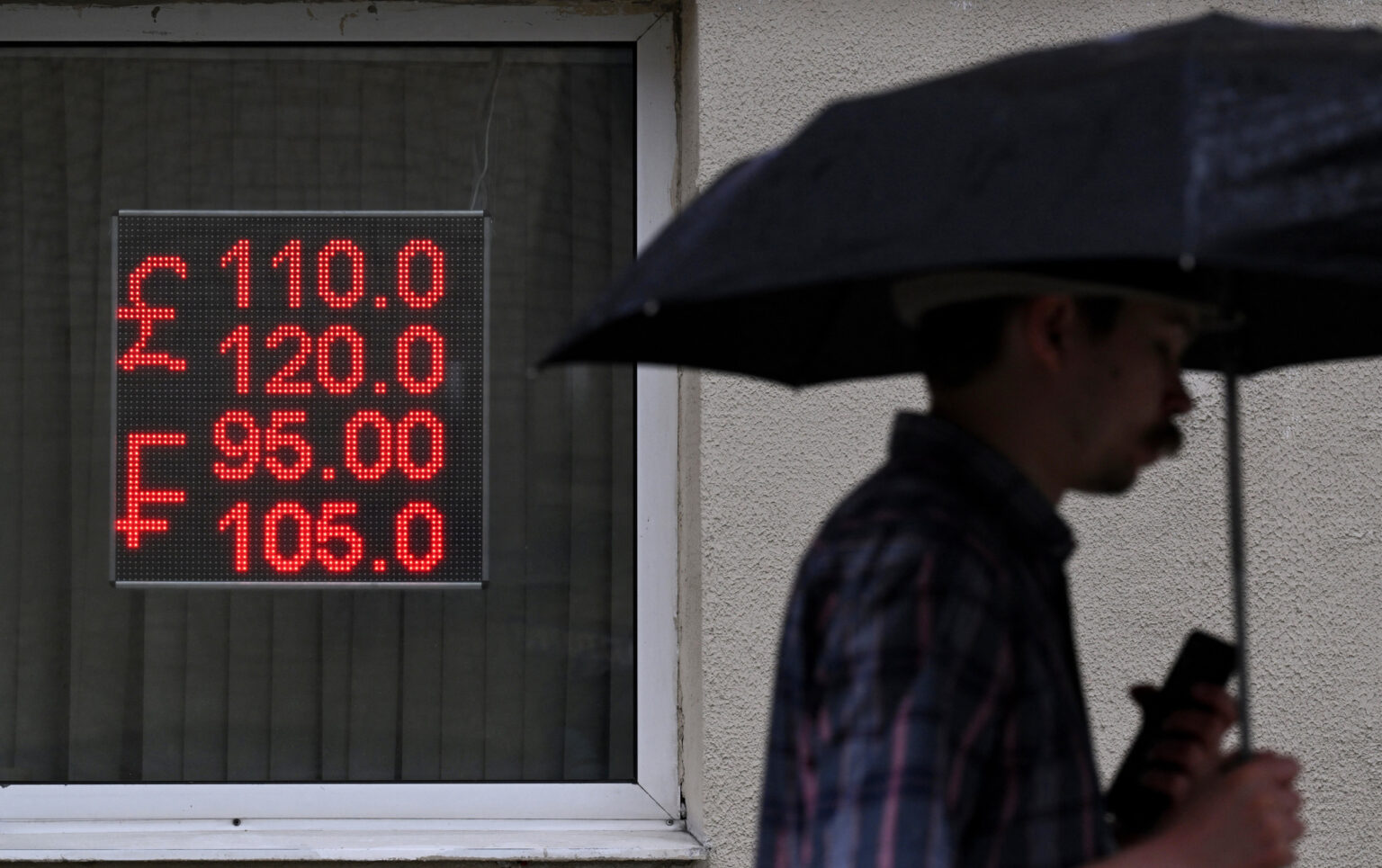Russia’s Wartime Economy Faces Potential Turbulence: Insights from Key Think Tank
Amidst the ongoing conflict in Ukraine, Russia’s economy is showing signs of resilience but could face significant challenges in the latter half of 2024. This is according to a recent analysis by Moscow’s Center for Macroeconomic Analysis and Short-Term Forecasting (CMASF), a prominent think tank with strong ties to Russian authorities.
Background: Russia’s Economic Landscape in Wartime
Since the full-scale invasion of Ukraine in 2022, Russia has faced numerous sanctions aimed at destabilizing its economy. However, the anticipated collapse never materialized, primarily due to increased military expenditure and shifting trade alliances. Military spending, which accounts for nearly a third (29 percent) of Russia’s total expenditure this year, has acted as a buffer against economic downturn. Despite this, the heavy focus on military expenditure has led to signs of an overheated economy characterized by rising inflation and a labor shortage. These issues are further aggravated by a significant brain drain, ongoing military mobilization, and high casualty rates on the battlefield.
Economic Growth vs. Overheating
In the first quarter of 2024, Russia’s economy experienced a growth rate of 5.4 percent, driven primarily by household consumption and capital investment. However, CMASF’s analysis warns that this growth may be short-lived. The Central Bank of Russia is considering another key interest rate hike to cool the overheating economy, which could reach as high as 18 percent. This situation presents a double-edged sword: while higher interest rates could temper inflation, they might also make it difficult for borrowers to meet their debt obligations. This could prompt a "creeping crisis" marked by overdue debts and increased debt restructuring.
Signs of Economic Cooling
There are already indications of a future economic slowdown. On July 4, 2024, Russia’s Central Bank announced that "pro-inflationary risks have materialized," hinting at the potential for more aggressive financial interventions. Consumer prices grew by 4.51 percent year-on-year in July, with inflation currently at 8.3 percent—more than double the Central Bank’s 4-percent target.
The think tank’s concerns are echoed by independent Russian news outlet The Bell, which noted that the overheating of Russia’s economy is increasingly acknowledged by top officials, including Central Bank head Elvira Nabiullina and German Gref, the head of state-owned Sberbank.
Additional Complications
Sanctions, increased tax burdens, and reduced oil production are further complicating Russia’s economic outlook. According to the Institute of Economic Forecasts of the Russian Academy of Sciences, these factors could necessitate a downward revision of GDP growth for the year.
A Divergence in Views
Despite these challenges, Russian President Vladimir Putin continues to highlight the country’s high growth rates as a significant achievement. However, CMASF’s analysis and other experts suggest a more cautious approach is warranted given the potential economic pitfalls.
Looking Ahead
Unless corrective measures are implemented, Russia’s economy might experience turbulence in the coming months. The Central Bank’s upcoming discussion on July 26, 2024, regarding the key interest rate will be crucial in shaping the nation’s economic future.
For more detailed insights, visit Sberbank’s official website.
Note: Newsweek has reached out to Russia’s Central Bank for an official comment on the situation.
